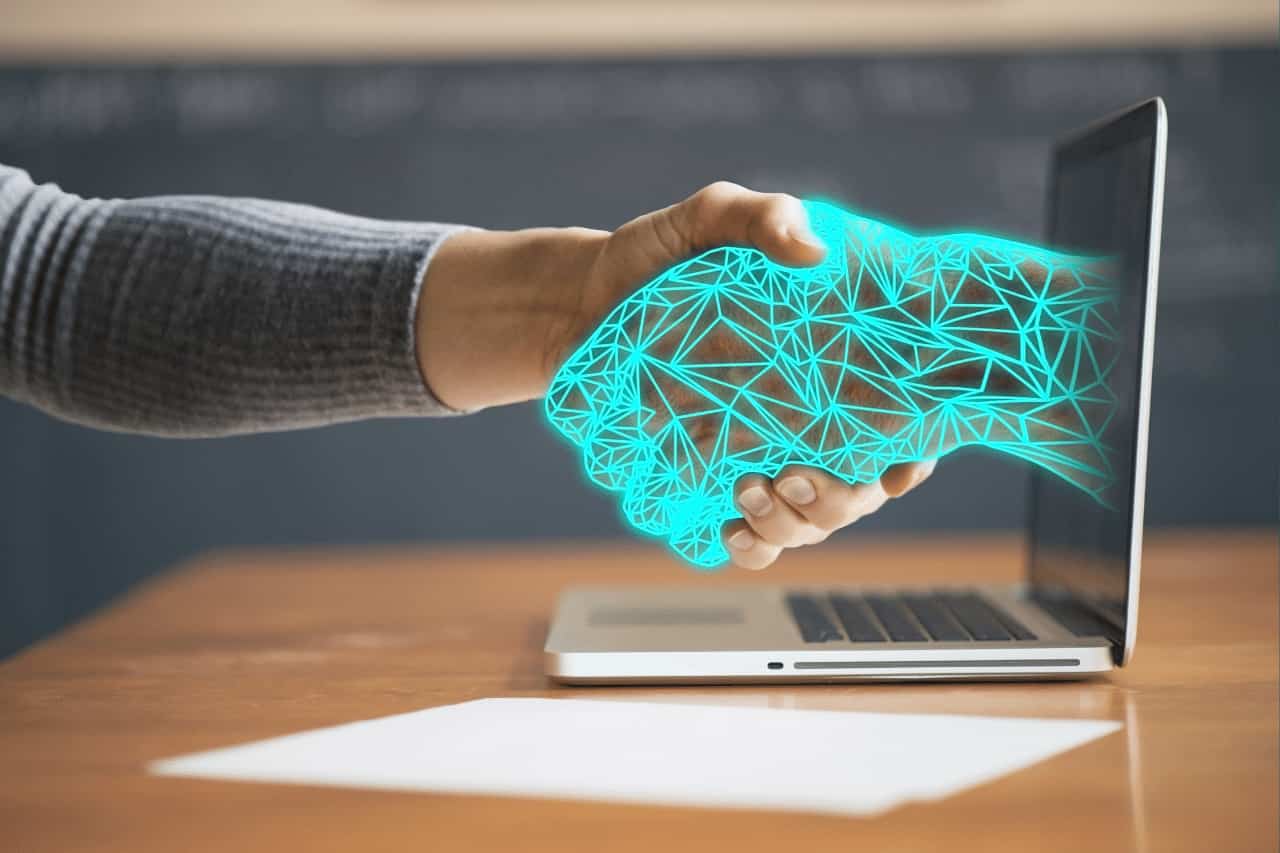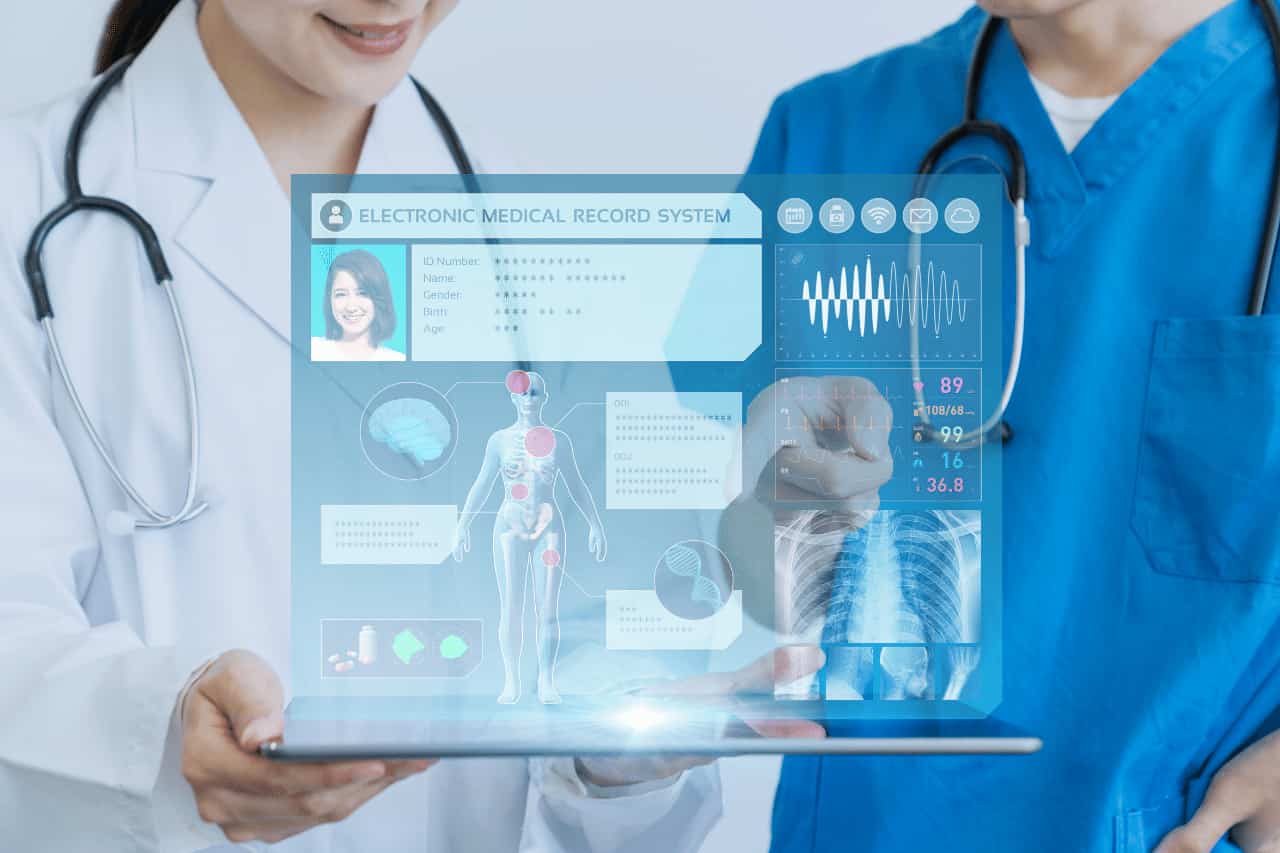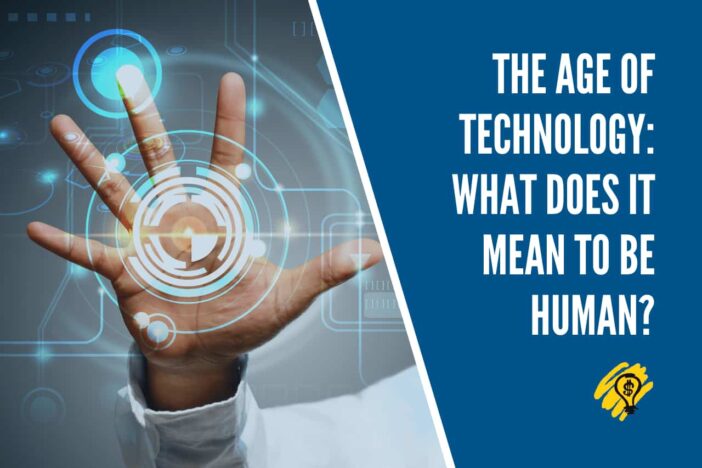Is there something peculiar about the current rate and type of technological change? It has transcended every facet, from online poker to online shopping. Should we be more concerned about the world we’re constructing? As technology generates diverse and ever-changing demands of people, the human condition is being put to the test.
The importance of the function technology plays in human existence is growing. During the 2016 presidential elections in America, we saw how Facebook and Twitter were criticized for their participation in distributing false news and disinformation. However, the influence of social media will certainly pale in contrast to possible technological breakthroughs in artificial intelligence and gene editing. Let’s discover what it means to be human in a technological society.
More Employment For People With Disabilities
Persons with impairments provide an untapped reservoir of highly qualified talent. Technologies such as advanced artificial intelligence, augmented reality (AR), virtual reality (VR), and robots are increasing the actual number of physically disabled people in the workforce. In addition to cultivating goodwill from their communities, organizations that actively employ individuals with disabilities will see 89 percent higher rates of their workforce staying with them, a 72 percent boost in employee productivity, and a 29 percent rise in profitability.
AI Will Dictate Ads
Artificial emotional intelligence is the next frontier for AI research. It is especially valuable for businesses that wish to tap into consumers’ emotions to influence their purchasing choices. AI makes it possible for both digital and physical experiences to be hyper-personalized, going beyond clicks and browser history to focus on how buyers feel at the time of purchase. With the potential to quantify and engage customers based on something formerly considered ethereal, ’empathetic marketing’ has significant value for businesses and consumers when applied within the appropriate privacy limitations.
AI Integrated Humans
Humans will look to physical enhancements such as wearable technologies to improve their personal lives and help them perform their jobs. IT leaders recognize the significance of these technologies, but the consumers’ desire to physically improve themselves will drive their adoption first. Enterprises must strike a balance between controlling these gadgets and allowing users to use them for organizational advantage. This requires embracing and capitalizing on the advantages of physical human enhancement by implementing a BYOE approach.

Higher Quality of life Due To Technology
Modernization of the healthcare business is an additional key advantage of technology in people’s lives. No longer are there large line-ups in the outpatient department and lengthy waits for a doctor’s consultation. Patients may use their mobile devices to book a hospital visit and see whether their doctor’s office is open. This eliminates the need for patients to spend unnecessary time traveling to a hospital just to be told that a doctor cannot see them.
Related: Entry Screening Solutions for Healthcare Facilities
Thanks to technology, hospital procedures are also speedier and more effective. For instance, many medical institutions now utilize healthcare document scanners to digitize outdated medical information for easy access. By converting from a paper to a digital system, every healthcare team member may view a patient’s record using a computer. It also reduces the possibility of misplacing or losing a patient’s medical records since all data would be securely saved on a web application.
Finding out & Learning is Easier
Before the advent of the digital era, searching for specific information required hours of sifting through books, newspapers, and periodicals. Now, you just need a phone and Internet connectivity to locate what you want.
On a variety of internet platforms, tens of thousands of resources are accessible, making it easy to locate the required data. For instance, electronic technologies facilitate people’s access to information regarding their non-life-threatening health issues. You can take care of basic health issues, such as allergies or a cold, since you may look for home-based natural cures or preventative measures.
Medical Advancements
Due to advances in technology, formerly impossible therapies are now feasible. It is fairly uncommon for hospitals to use sophisticated therapies, such as organ transplants or chemotherapy to cure patients with life-threatening conditions.
Due to the many contributions of technology to the area of medicine, patients with life-threatening illnesses have a greater chance of survival today. Various medical research and development initiatives have also been conducted to identify therapies for dangerous illnesses that were previously thought incurable.

Potential For AI Learning Without us
Current deep learning models need not be huge but need labeled datasets so that the machine understands what each data point represents. Humans are primarily responsible for labeling in supervised learning, a hard operation that slows down innovation increases costs, and may inject human bias into systems.
Systems often need human guidance to learn, even when labels are there. It results in a very precise system, but the procedure may be quite arduous for SMEs. On the other hand, unsupervised learning permits raw, unlabelled data to be utilized for training a system with little human intervention. In unsupervised learning, a system only interacts with its environment. It just observes its surroundings and learns from them.



